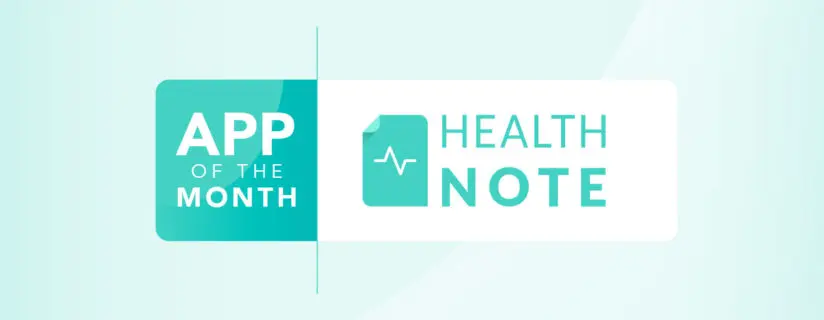Blog Posts
Raising the standard in healthcare: Patient matching advances with ONC’s Project US@


Recently the Office of the National Coordinator for Health Information Technology (ONC) released the Project US@ Technical Specification Final Version 1.0.
Project US@ was established to create standards for patient address information, an important data element that has a significant impact on patient matching and record linkage. Data standardization is paramount to the continuum of care, given that many clinical and financial systems today do not “talk” to one another in a unified manner.
As a member of the technical workgroup for Project US@, I’d like to share more on this issue and my experience contributing to this initiative.
Making the right match is not easy and has implications
According to a survey from the American College of Healthcare Executives (ACHE), hospital CEOs ranked personnel shortages as their number one concern in 2021. Such frequent staff turnover can contribute to data inaccuracies and errors in patient records. Compounding this concern are the growing regulatory requirements and need for staff expansion stemming from the 21st Century Cures regulations on information blocking and the No Surprises Act rules from the Centers for Medicare and Medicaid Services (CMS).
It’s clear that a robust national patient matching strategy is fundamental to successful interoperability and the nation’s health information technology infrastructure. Mismatched or incomplete patient data can lead to decreased clinician trust in the information they are seeing, inadvertent privacy issues, operational inefficiencies, suboptimal clinical outcomes and even patient harm. By standardizing the storage of patient address data through efforts like Project US@, current unsuccessful patient matches will now have a higher chance to match using the discrete address data elements.
A call to action: Finding common ground
To help address these pressures, ONC kicked off Project US@ in January 2021, casting a wide net across the healthcare and health IT community to leverage expertise in standards development and health information management. In the months that followed, active engagement was provided by more than 150 project participants from 83 organizations including standards development organizations (SDOs), health IT developers, payers, healthcare provider organizations and federal agencies.
In the technical workgroup for the project, Allscripts Expert Software Engineer Pat Berry and I had the opportunity to weigh in on specific address scenarios that could present disparate results for core data elements pertaining to address information. Elements such as punctuation, special characters, and abbreviations for Secondary Address Unit Designators (Suite vs. STE, Apartment vs. APT, etc.) were just a few of the technical scenarios vetted as part of this project.
Additional support from the American Health Information Management Association (AHIMA) was also valuable. AHIMA helped facilitate the creation of a Companion Guide to supplement the technical specification efforts and support data governance and quality improvement, thus providing a concise set of standards for best-practice purposes.
Leveraging technology to pave the road ahead
As stated by AHIMA, the optimal solution to accurately matching patient records will always be a combination of technology, processes and people, which reflects the industry’s increasing need to leverage technology to improve standardization. Many organizations have adopted address validation tools, which help minimize data entry errors that can be triggered at the time of registration, especially given that most address fields are free-type text values.
Allscripts® Practice Management is equipped with the ability to validate address information at the point of contact in registration through our partnership with Melissa Data, a leader in contact data for more than 30 years. One of the main features of this solution is its ability to standardize address information according to United States Postal Service (USPS) guidelines. It also provides clients additional options to multisource the data from other address data sources, further covering approximately five million additional addresses where the USPS does not deliver.
While we have made great progress toward developing standards for patient address information, the Project US@ initiative is only one step in a long journey toward eliminating patient mismatches. The recent publication of this guidance certainly brings increased awareness of the challenge to the healthcare community, while also providing healthcare developers with a blueprint to unify the widespread adoption of standards.
For more information, visit the Project US@ page on the ONC website.













Very knowledgeable